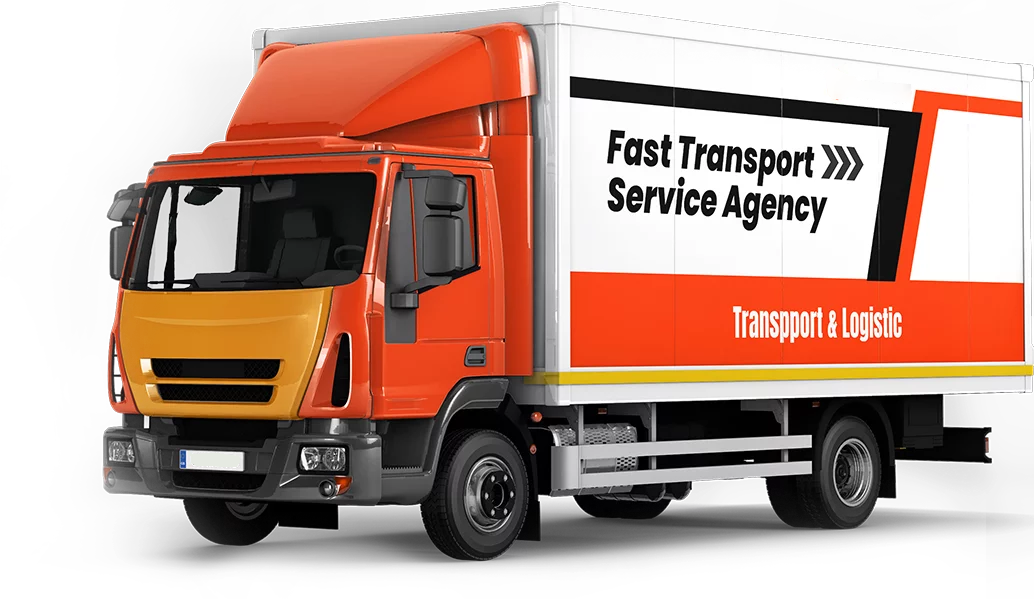
The transportation logistics industry in the USA has witnessed a significant transformation in recent years, and 2025 is proving to be a groundbreaking year for innovation. With advancements in technology reshaping operations, logistics companies are leveraging cutting-edge tools to enhance efficiency, reduce costs, and meet the growing demands of global supply chains. From manufacture to assembly, from conception to implementation, the logistics industry has led every invention to its target market and the rest of the globe.
Here’s how technology is revolutionizing the transportation logistics landscape in the USA:
Artificial Intelligence and Machine Learning
AI-powered algorithms are driving smarter decision-making processes. Predictive analytics enables logistics companies to forecast demand, optimize routes, and manage inventory with unprecedented accuracy. Machine learning tools also enhance real-time tracking and improve customer satisfaction by providing precise delivery time predictions.
Automation and Robotics
Warehouse operations and last-mile deliveries are experiencing a surge in automation. Autonomous forklifts, drones, and robots streamline operations, minimize human error, and accelerate order fulfillment. In 2025, driverless vehicles for freight transportation are gaining traction, paving the way for safer and more cost-effective logistics solutions.
Blockchain for Enhanced Transparency
Blockchain technology is solving one of the logistics industry’s biggest challenges—lack of transparency. By providing secure, tamper-proof records, blockchain ensures end-to-end visibility of goods in transit. Smart contracts also simplify payment processes and reduce administrative burdens.
Internet of Things (IoT) Connectivity
IoT devices are revolutionizing fleet management by providing real-time data on vehicle performance, fuel consumption, and environmental conditions. Connected sensors ensure better tracking of shipments, improving the overall supply chain’s reliability and efficiency.
Big Data Analytics for Smarter Operations
Big data is empowering logistics providers to make data-driven decisions. By analyzing trends and historical data, companies can optimize delivery routes, predict maintenance needs for vehicles, and enhance overall supply chain performance.
Green Technologies and Sustainability
With a growing focus on reducing carbon footprints, the logistics industry is adopting electric vehicles (EVs), alternative fuels, and energy-efficient practices. In 2025, sustainability is not just a trend but a necessity, with tech-enabled solutions leading the charge.
Cloud Computing for Seamless Collaboration
Cloud-based logistics platforms are facilitating better collaboration between stakeholders. Real-time access to data allows for better communication, quicker decision-making, and improved coordination between shippers, carriers, and customers.
Drones for Last-Mile Delivery
The adoption of drones for last-mile delivery has accelerated in 2025, especially for urban and remote areas. These unmanned aerial vehicles (UAVs) are reducing delivery times and offering cost-effective solutions for e-commerce and healthcare logistics.
Conclusion
As we move further into 2025, technology continues to drive unprecedented changes in the USA’s transportation logistics industry. From AI-driven analytics to sustainable practices, logistics companies are adopting innovative solutions to meet evolving market demands. The logistics sector is changing as a result of several significant technological advances. The integration of these technologies is not only enhancing operational efficiency but also setting new standards for the global logistics ecosystem.
What’s Next?
To stay ahead of the logistics revolution, keep an eye on new trends and technology. Transportation logistics has entered a new era that is more intelligent, quicker, and environmentally friendly than before.
